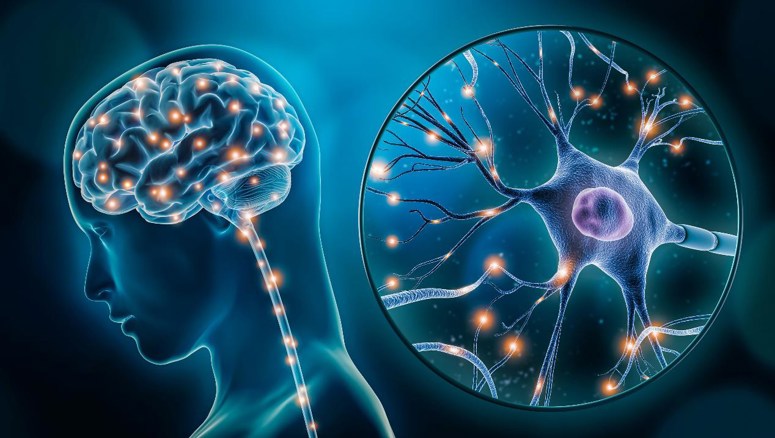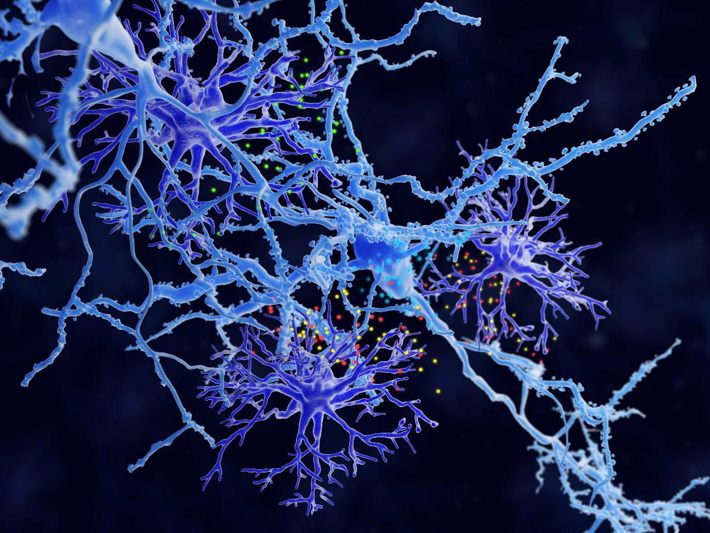Astrocytes: The Secret Boosters of Long-Term Memory Stability!
Memory is a highly unstable part of our brains. Certain experiences that are crucial for survival, carry strong emotional weight, and are frequently repeated can form lasting memories through unique reconsolidation, but the mechanisms underlying this specific stabilization remain unclear.
Recent research from a team at the RIKEN Brain Science Center in Japan has clarified the critical role of astrocytes in stabilizing long-term memory.

Astrocytes are closely associated with neural plasticity, and after emotional experiences or learning, astrocytes show an increase in Fos expression, suggesting that astrocytes may respond to experience and participate in memory-related circuits. Therefore, the researchers performed a brain-wide Fos taggingon astrocytes, permanently genetically capturing behaviorally-relevant astrocyte ensembles (BAEs) that express Fos due to specific experiences.
In a contextual fear conditioning and recall task, mice were induced to form fear memories through electric shock. Analysis revealed that recall significantly increased the number of Fos-positive astrocytes in multiple brain regions, particularly the amygdala. This activity was highly correlated with neuronal Fos activity, suggesting that activation of these astrocyte ensembles is recall-specific.
Unlike engram neurons, activation of astrocyte ensembles is not growth factor-dependent but rather noradrenaline-dependent. Furthermore, these astrocytes are primarily located in brain regions overlapping with engram neurons, requiring activation by both engram neurons and long-range noradrenergic projections.

During conditioning, a single electric shock also induces an increase in noradrenaline. However, the noradrenaline signal during conditioning is relatively short-lived, with a half-life of approximately 4.3 minutes, whereas the noradrenaline signal during fear recall is significantly prolonged, with a half-life of approximately 13.5 minutes. Only sustained noradrenaline signaling can drive fear recall-specific astrocyte activation.
However, astrocytes aren't completely idle during conditioning. Following initial fear learning, α1- and β1-adrenoreceptors in astrocytes gradually increase in the following days, creating a "pre-activated" state. These astrocytes are more sensitive to fear recall, and noradrenaline release selectively recruits astrocyte assemblies during future fear recall.
The astrocyte function in stabilizing memory is achieved through IGFBP2. Following fear recall, IGFBP2 accumulates in Fos-positive astrocytes. Injecting mice with IGFBP2-neutralizing antibodies or targeted IGFBP2 inhibition reduces freezing behavior in the shock cage, demonstrating impaired memory stability.
However, excessive memory stability can also pose problems. Overexpression of β1- adrenoreceptors in astrocytes significantly increased IGFBP2 expression, even tripling the density of fear-recall-specific astrocytes. This overstabilization of the initial fear memory occurred, leading to generalization of the memory in mice, or a decrease in memory precision.
"This research could have significant implications for the field of neuroscience," said Maite Solas Zubiaurre, a neuroscientist at the University of Navarra in Spain. "We have long believed that memories were encoded solely by neurons, but this work suggests that astrocytes may also play a central role in memory formation and stabilization, which has important implications for both healthy individuals and patients with diseases like Alzheimer's disease."
Accelerate your programs by leveraging Creative Bioarray's extensive inventory and prospective network of cell products.
| Cat. No. | Product Name |
|---|---|
| CSC-7832W | Human Astrocytes-midbrain (HA-mb) |
| CSC-7834W | Human Astrocytes-cerebellar (HA-c) |
| CSC-7835W | Human Astrocytes-brain stem (HA-bs) |
| CSC-7833W | Human Astrocytes-hippocampal (HA-h) |
| CSC-C5456W | RFP Expressing Human Astrocytes (RFP-HAs) |
| CSC-C5479W | GFP Expressing Human Astrocytes (GFP-HAs) |
| CSC-00836L | Human iPSC-derived Astrocytes |
| CSC-C12025Z | Immortalized Human Astrocytes-SV40T |
| CSC-I2284Z | Immortalized Human Astrocytes-SV40T-GFP |
| CSC-I9064L | Immortalized Human Astrocytes, fetal-hTERT |
Reference:
- Dewa, Ki., Kaseda, K., Kuwahara, A. et al. The astrocytic ensemble acts as a multiday trace to stabilize memory. Nature (2025).

Your email address will not be published. Required fields are marked *